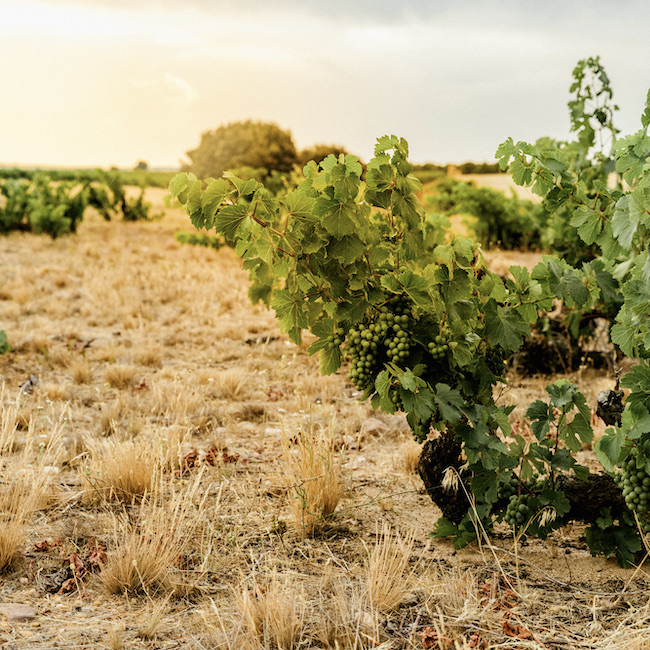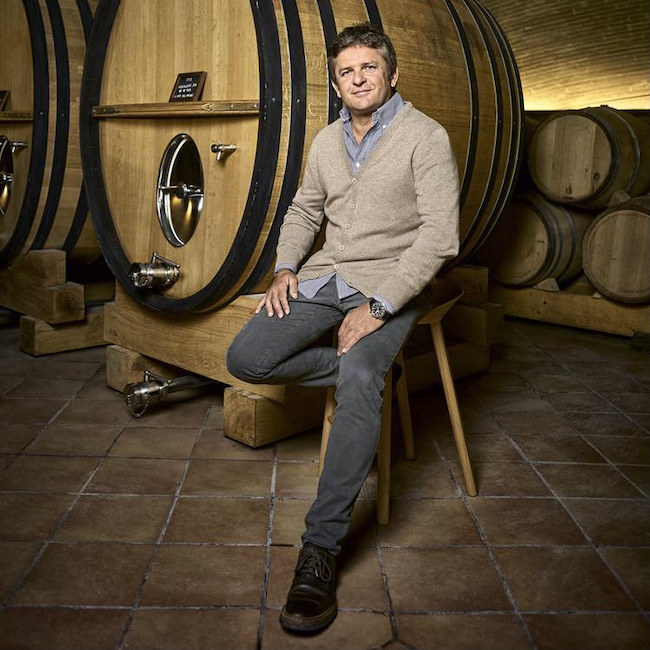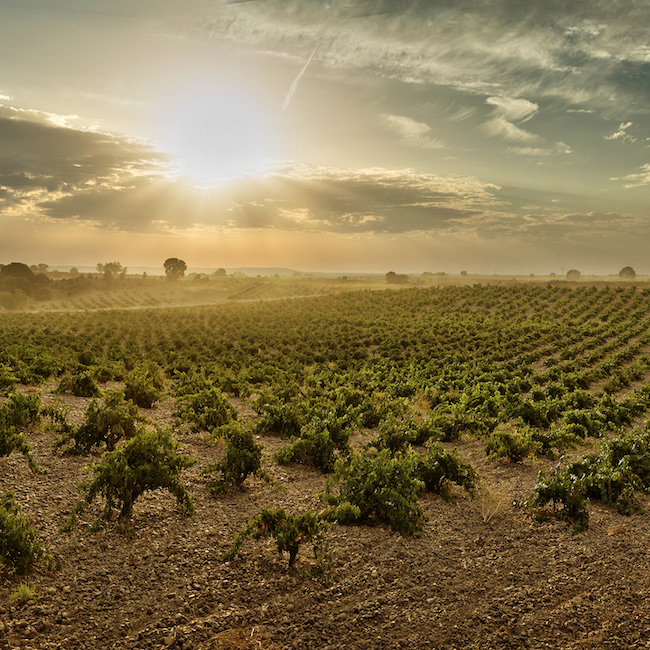by Anna-Harris Noble - @annanoble
.png.transform/rendition-xs/image_image%20(1).png)
Spain is thought to have more hectares of old vines – generally classified as being at least 35 years old – than any other. In this article we look at what makes these vines so special and where Spain’s oldest vineyards can be found.

by Anna-Harris Noble - @annanoble
It is hard to put an exact figure on the number of old vines there are in Spain. It depends of course, on when you consider a vine to be “old” – at 35 years, the minimum age stipulated by the DO Ribera del Duero for “old vines” to appear on the label - or the requirement of having been planted prior to 1945 imposed by the DOCa Priorat. What is certain is that there are vast areas of old vines in Spain – Andreas Kubach MW speaks of 6,000ha of old vines in the Rioja Alavesa alone – and that they are associated with high quality, distinctive wines.
When asked why old vines are so special, Kubach, managing director of Península Viticultores, which makes wines from 50 year-old+ vines across Rioja Alavesa, and Garnacha vines of 30-100 years of age in Gredos, explains, “Aside from their adaptation to the terroir, their improved balance, old vines offer a wealth of genetic material as they were propagated through massal selection prior to the widespread use of more productive clones at the end of the 1980s. In fact, their depth of flavour may have as much to do with genetic variation as age.”
This variation can also be expressed in the tradition of mixing grape varieties within the same parcel. Rodrigo Sierra Sánchez works on a project called Bodegas Tiempo Vivo in Quintana del Pidio in Ribera del Duero, with parcels of vines dating from 1920 – 1940 of “mainly Tempranillo with some Albillo, Garnacha, Jaen and Bobal vines mixed in. ”

A matter of quality
Fernando Mora MW of Bodegas Frontonio makes wines from old vines in Aragón, and stated in his Master of Wine research paper: “An old vine does not guarantee a high-quality wine but it is a differentiating historical and cultural factor. The vast majority of old vines have lasted through time due to their quality.” He expands this comment by explaining that some old vines are really special due to the places they were planted, sites with poor soil that are difficult to access and today would not even be considered as an option.
Álvaro Palacios, who works with old vineyards across several areas of Spain, including Les Aubaguetes, planted in Priorat in 1901, echoes this by saying is not just the age of the vines, but where they are planted that is of fundamental importance: “Wine from an old vine in the wrong place offers no better quality than a young wine in a fantastic location. However, if everything coincides, old vines will give us the very best, something fascinating due to the mystery that they carry inside, what I call the wisdom of old vines. This wisdom encompasses, on one hand, the exhaustion of a tired vine, with lower yields and therefore, a greater expression of its essence. But, above all, the great capacity that the roots have to burrow deeper into the soil and cover a larger area means that they can find moisture and offer satisfaction to the plants in critical moments of drought and climatic adversity. At the same time, and most importantly, this virtue allows the vine to absorb more elements, flavours and supernatural charms.”
Low yields are both a blessing and a curse when it comes to the survival of old vines. Although associated with creating better quality wine, in cases where growers are paid per kilo, it was not always economically viable to maintain vineyards that produce so little. Therefore, since 2015, some of Spain’s leading designations of origins have put in new legislation to define vineyard age as part of superior classification levels. Key among them is the new “Viñedo Singular” category in Rioja DOCa, which requires the vineyards to be at least 35 years old.

The impact of phylloxera
A limiting factor in terms of vineyard age is phylloxera. After this louse reached Spain in 1878, it decimated vineyards and led to large scale replanting; “This means that if a vine was planted on American rootstock it can’t have been planted before 1890,” explains Mora, “and you can see a difference between the rootstocks used for the early replanting and those used today, which helps us to estimate the age of vineyards planted before reliable records.”
Spain’s very oldest vines are found in the areas where the phylloxera louse could not survive, such as in the volcanic soils of Tenerife or the sandy soil of parts of Toro DO. Lucas Lowi, Estate Director of Numanthia, which makes Termanthia from parcels that are more than 200 years of age, describes them as producing tiny grapes, with a thick skin, “the blackest of the black grapes” and due to their tannins, “wines that traditionally needed to be consumed with a knife and fork,” although the care now taken in gentle extraction, and more than seven years' ageing, mean that current releases are the embodiment of elegance.
Almudena Alberca MW currently works with a 120 year-old single vineyard owned by Cosme Palacio in Laguardia and parcels of 60-80 year old vines in Ribera del Duero for Viña Mayor Reserva, and used to work with even older vines in DO Toro. “Very old vines are marvellous in terms of concentration and balance. Production levels are very low but there is much greater homogeneity across vintages.”

Kubach also mentioned the ability of vines of 80 years or more to make great wines across every vintage: “Old vines that are balanced and grown with care can cope with anything.”
Global warming means that their resistance to drought is likely to make old vines of even greater value in the future. Alberca - who is working on replanting with native Castilian varieties - reminds us that to have old vines tomorrow, we need to plant the right varieties, in the right places today.